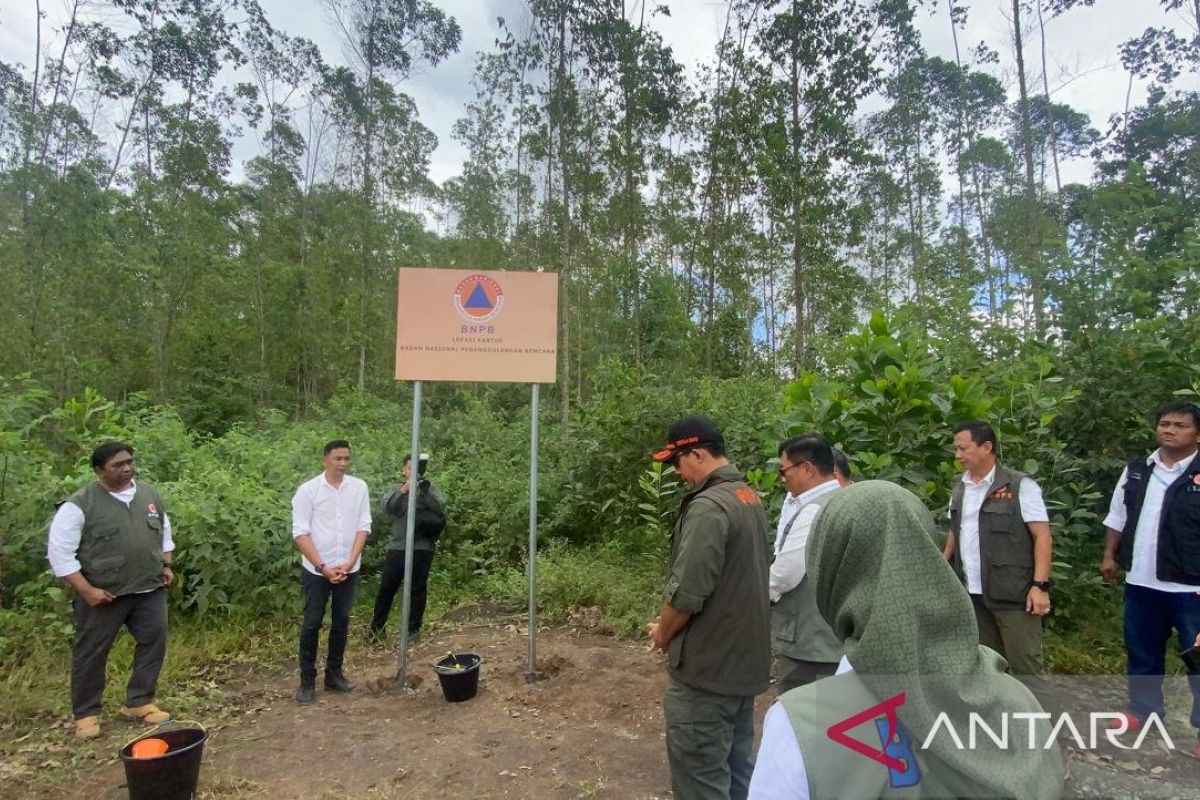The National Disaster Mitigation Agency (BNPB) is developing an early warning system for Indonesia’s new capital city, Nusantara, as part of its disaster mitigation efforts, according to agency head Suharyanto.
A study is currently underway to determine the most suitable early warning system for the Nusantara area, he stated in Balikpapan, East Kalimantan, on Saturday.
As parts of the city are located in Penajam Paser Utara and Kutai Kartanegara Districts, Suharyanto emphasized the critical importance of an early warning system for disaster prevention and mitigation.
While East Kalimantan has a lower wildfire rate compared to other provinces, Suharyanto cautioned against complacency, as wildfires still pose a significant risk.
Additionally, the province is susceptible to hydrometeorological hazards such as flooding and landslides, given the region’s high frequency of these disasters.
Although East Kalimantan is not volcanically active, the agency remains vigilant about the potential for earthquakes.
BNPB also plans to establish a headquarters in Nusantara to effectively manage disaster response in Indonesia.
As previously reported, the BNPB has initiated cloud seeding operations in East Kalimantan since July 15 to mitigate the risks of intense rainfall, wildfires, and droughts, including in the Nusantara buffer zones.
The agency’s CASA aircraft has conducted 119 sorties, deploying 111 tons of sodium chloride and eight tons of calcium oxide.
To address the heightened risk of hydrometeorological hazards, cloud seeding efforts are concentrated in Penajam Paser Utara and Mahakam Ulu districts.
Despite ongoing mitigation measures, flooding and wildfires continue to threaten various parts of the province.
The BNPB has recorded at least 9,148 hotspots from January to July 2024, with the majority in Kutai Timur and Kutai Kartanegara Districts.
COPYRIGHT © ANTARA News Jawa Timur 2024
A study is currently underway to determine the most suitable early warning system for the Nusantara area, he stated in Balikpapan, East Kalimantan, on Saturday.
As parts of the city are located in Penajam Paser Utara and Kutai Kartanegara Districts, Suharyanto emphasized the critical importance of an early warning system for disaster prevention and mitigation.
While East Kalimantan has a lower wildfire rate compared to other provinces, Suharyanto cautioned against complacency, as wildfires still pose a significant risk.
Additionally, the province is susceptible to hydrometeorological hazards such as flooding and landslides, given the region’s high frequency of these disasters.
Although East Kalimantan is not volcanically active, the agency remains vigilant about the potential for earthquakes.
BNPB also plans to establish a headquarters in Nusantara to effectively manage disaster response in Indonesia.
As previously reported, the BNPB has initiated cloud seeding operations in East Kalimantan since July 15 to mitigate the risks of intense rainfall, wildfires, and droughts, including in the Nusantara buffer zones.
The agency’s CASA aircraft has conducted 119 sorties, deploying 111 tons of sodium chloride and eight tons of calcium oxide.
To address the heightened risk of hydrometeorological hazards, cloud seeding efforts are concentrated in Penajam Paser Utara and Mahakam Ulu districts.
Despite ongoing mitigation measures, flooding and wildfires continue to threaten various parts of the province.
The BNPB has recorded at least 9,148 hotspots from January to July 2024, with the majority in Kutai Timur and Kutai Kartanegara Districts.
Editor : Vicki Febrianto
COPYRIGHT © ANTARA News Jawa Timur 2024

